Three or four times a day, he must put drops of artificial tears, betamethasone and chloramphenicol, an antibiotic, in his eye to prevent further infection and to treat pain, burning and itching.
Farzad Moradinia was a worker and a labor activist in Sanandaj, the provincial capital of Iranian Kurdistan, who has been repeatedly arrested and imprisoned for his activities. He is one a victim of the targeted shootings at the eyes of protesters during the 2022 nationwide protests: he left Iran a year later because of the injury to his eye and following constant security threats.
We met him at a friend’s house so that he would tell us, on camera, about his activities and the moment that he was shot when an armed security agent fired teargas at his face, blinded one of his eyes, broke bones in his face and severely damaged his hearing in one ear.
Farzad has refused prostheses and plastic surgery to reconstruct his appearance. For Farzad, his face is evidence of the crimes of the Islamic Republic which, someday, can be presented to an international tribunal.
“Although now I am suffering from hearing and vision loss that, perhaps, has diminished my ability to take care of my everyday affairs, although my skull has been fractured and I have been unable to work for a year, and although I still suffer from chronic and continuous pain, nothing has weakened my morale and my resolve to demand liberty and my rights. We must live and living means resistance,” Farzad tells IranWire.
Farzad, aged 37, joined the labor movement in 2011 when he became a member of the Coordinating Committee to Support Labor Unions in Sanandaj. He participated in protest rallies in the same year. In 2012, he was arrested, violently, for the first time, along with 60 other labor activists who had gathered for their annual meeting. After 36 hours of interrogations in solitary confinement, he was released without explanation.
He was next arrested at his home during a raid by masked plainclothes agents at 8am on December 7, 2014, just four months after he was married. Agents also seized his personal belongings before transferring Farzad to the detention center of the Intelligence Bureau in Sanandaj. After 26 days in solitary confinement and harsh interrogations, Judge Hossein Saeedi of Branch 1 of Sanandaj Revolutionary Court sentenced him to a total of three years in prison, two years for his union activities and one year for “propaganda against the regime”. The trial lasted all of 15 minutes.
The roots of Farzad’s labor activism lies in his lived experience. His father was a seasonal worker for Sanandaj municipality. Hardships such as unemployment, lack of insurance and financial difficulties forced him into the job market when he was just 10 years old.
“Seasonal workers like my father, who work outdoors, in green spaces, have no insurance and no rights,” Farzad says. “Seven years of insurance, severance pay and bonuses that the municipality, the Social Security Insurance and the contractors working with municipality owed my father were stolen from him. I tried hard. But after filing complaints and inquests at the Ministry of Justice, the Social Security Insurance and the municipality, I found out that this injustice towards the workers and the working class in Iran is systematic. The law has given employers a free hand to violate workers’ right. For the Islamic Republic, cheap labor and the exploitation of workers and children is a moneymaker.”
However, years of activities for workers’ rights, of witnessing injustice towards not only the workers but also prisoners, not only did not weaken Farzad Moradinia’s resolve, but made him more determined to continue fighting.
Broken Bones and Falling to the Ground
October 8, 2022, a day of protests and strikes that engulfed many Iranian cities following the death of Mahsa Amini. The Islamic Republic’s rule of injustice turned into naked terror – and Farzad Moradinia was blinded in one eye as well as suffering other serious injuries when he was shot at close range by an armed security agent.
Sanandaj was on strike and the streets were almost clogged. Farzad had left home on a personal errand. On Bahman 6 Avenue, one of the main streets of Sanandaj, he came across a friend suffering from Parkinson’s disease and, consequently, could not walk properly. He was carrying a bag of medication and Farzad took his hand to pull him to a side alley opposite Bahareh Mall, away from smoke and possible harm by forces of repression.
Cars in the streets had started honking their horns, protesters had gathered in groups and security forces, armed to the teeth and trigger happy, were ready to shoot their fellow citizens.
Farzad walked towards an agent who was standing at the entrance to the alley, to object to the situation, but a police officer struck him on the head with a baton. Blood spread over Farzad’s head and face. Despite this, he went to his friend, took his hand and they both entered the alley. A teenage girl, horrified by the sounds of gunfire and shouting, was sitting in the alley, with her hands over her head and screaming. Farzad went to the girl to help her. Armed agents were standing six or seven meters from them and, at that moment, his life changed forever.
“The moment that I turned my face towards the girl, suddenly I heard a shot and felt my face burning. There was a lot of smoke. I fell to the ground and heard the agent shouting ‘I got him!’ And my friend, crying, was shouting 'you killed him!’ Then I heard the agent say: ‘Shoot this one, too! Shoot this one, too!’ I heard another shot and I no longer heard my friend’s voice.”
Farzad’s friend had been shot with pellets but Farzad still did not know what had happened to him. When he stood up, pieces of him literally fell to the ground: “When I was shot, I had no idea with what kind of a bullet. Later I learned that it had been a teargas round. White pieces were coming out of my face and my cheekbones that, along with the white of my eye, fell into my hand … I put my hand over my face and we managed to escape.”
The Hospital’s “Kurdistan Pellet Ward”
The direct shot to Farzad’s face broke bones in his sinus, nose, eye socket and skull. Some of the broken bones and the white of his eye were falling from him after he was shot but the remainder were lodged in his temple, damaging his hearing.
They went to Sanandaj’s Kowsar Hospital. The number of injured coming to the hospital was increasing minute by minute. Most of the injured had also been shot in the face. Security agents meanwhile raided the hospital. Fearing arrest, Farzad Moradinia, his friend and others who had been also injured hid in various wards of the hospital until they could escape.
Their escape ended in Tehran, in Farabi Hospital. When they finally reached the hospital after 12 hours, Farzad lost consciousness: “When I reached Farabi Hospital, a safe place, I fainted from the pain. I spent a night in the ICU.”
Farzad initially told hospital staff that he had been injured in a “workplace accident.” But then a nurse told him they knew the truth: “She laughed and said: ‘Do not worry. Nothing is going to happen here. We have allocated a ward to eye injury patients, and we call it the Kurdistan Pellet Ward.’ That was when I found out that most of the injured were coming from Kurdistan.”
“Injuries do not know any boundaries,” Farzad adds. “We were all injured by the same regime. But the tragedy of those who could not even get medical treatment in their own towns was overwhelming. Like me, they had escaped and had gone somewhere else to get medical treatment.”
His Face as Court Evidence
Farzad Moradinia and his wife Negin Salehi had been watching TV when they heard the news that Mahsa Amini had been killed. They burst into tears, he says, when they were faced with this “pain of the people who are not even allowed to own their body and clothing, and this dispossession has gone beyond beliefs and the way of thinking to reach the most self-evident rights of human beings, the right to own their bodies and how they dress.”
His years of fighting for workers’ rights, his experience as a child laborer, his time in prison where he witnessed the miserable treatment of prisoners, as well as his awareness of the importance of public protests, brought Farzad Moradinia to the streets to join the protesters.
“It is the duty of any human being with a sense of responsibility to respond to this crime, to come to the street and to protest,” Farzad says. “Protest is a manifestation of awareness and valor.”
As Farzad Moradinia’s testimony shows, Iranian workers went beyond their own labor-related demands and participated in the 2022 nationwide protests in impressive numbers.
The labor activist believes that the cry for liberty was one of the greatest achievements of the “Woman, Life, Freedom” movement: “You don’t have to have an academic education or to be a radical like those [protesters] in the 1980s, 1990s and 2000s. This yearning for unmitigated freedom is in human nature, regardless of gender and age. Freedom is your right.”
With such a worldview, Farzad Moradinia is not willing to use plastic surgery or a prosthesis to restore his appearance. “The only reason I am against plastic surgery and putting a prosthesis in my eye is to be able to attend, with this face, the trial of those who ordered this crime and those who carried it out,” Farzad says. “I do not want to make this crime look normal – to appear that nothing has happened.”
visit the accountability section
In this section of Iran Wire, you can contact the officials and launch your campaign for various problems







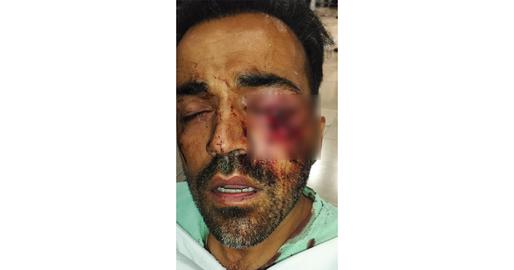




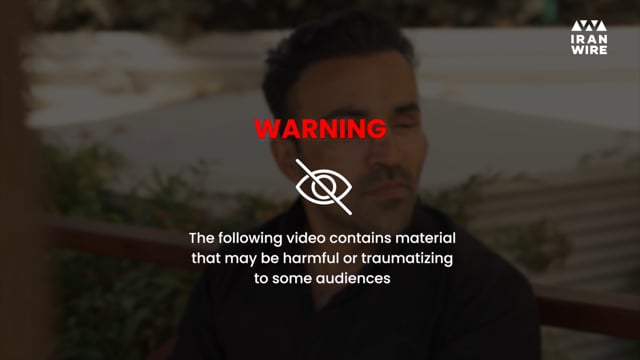





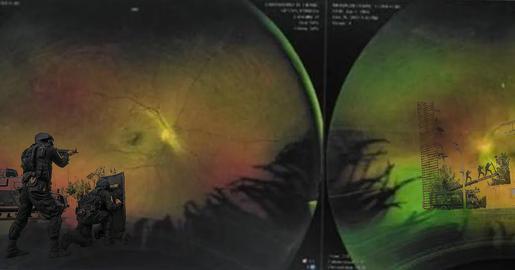
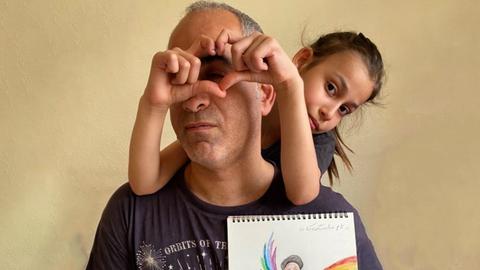
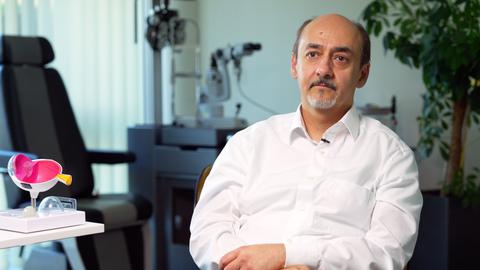


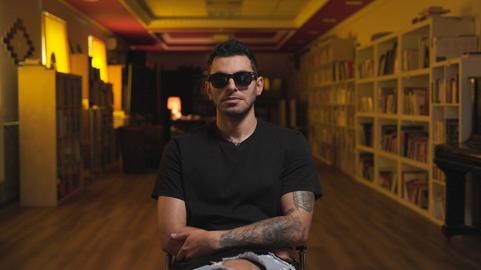



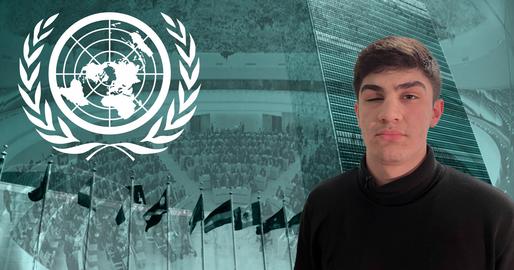



comments